Museoiden aukiolot vappuna
25.4.2024
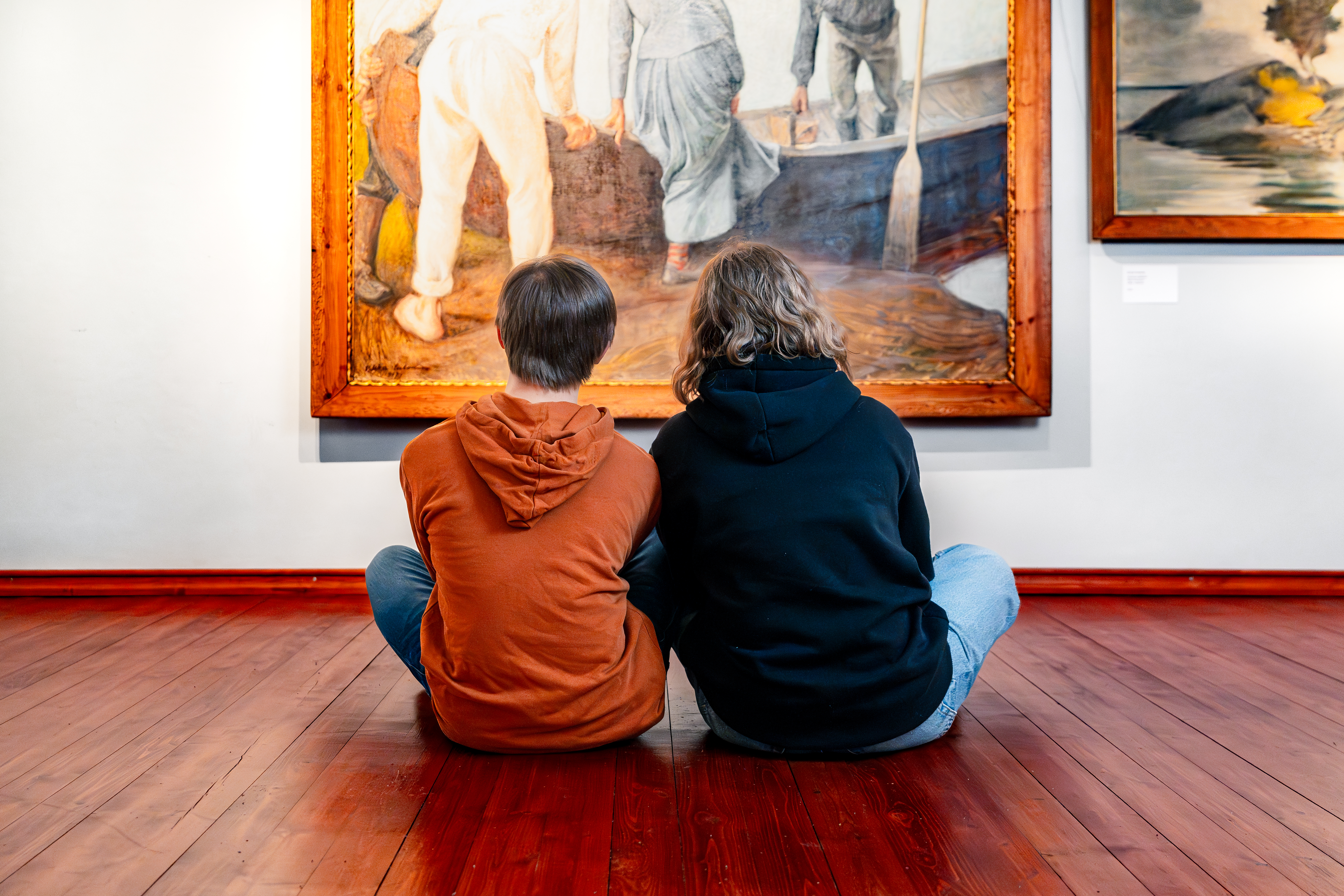
Vaasan museot on Pohjanmaan aluevastuumuseo, joka tuottaa, tallentaa ja esittelee alueen tiedettä, taidetta ja historiaa. Näyttelymme tarjoavat yhdistelmän paikallista ja kansainvälistä kulttuuria sekä taidetta. Tutustu tarjontaamme alta!
Oikopolut sisältöön
Pohjanmaan museo Kuntsin modernin taiteen museo Tikanojan taidekoti Vanhan Vaasan museo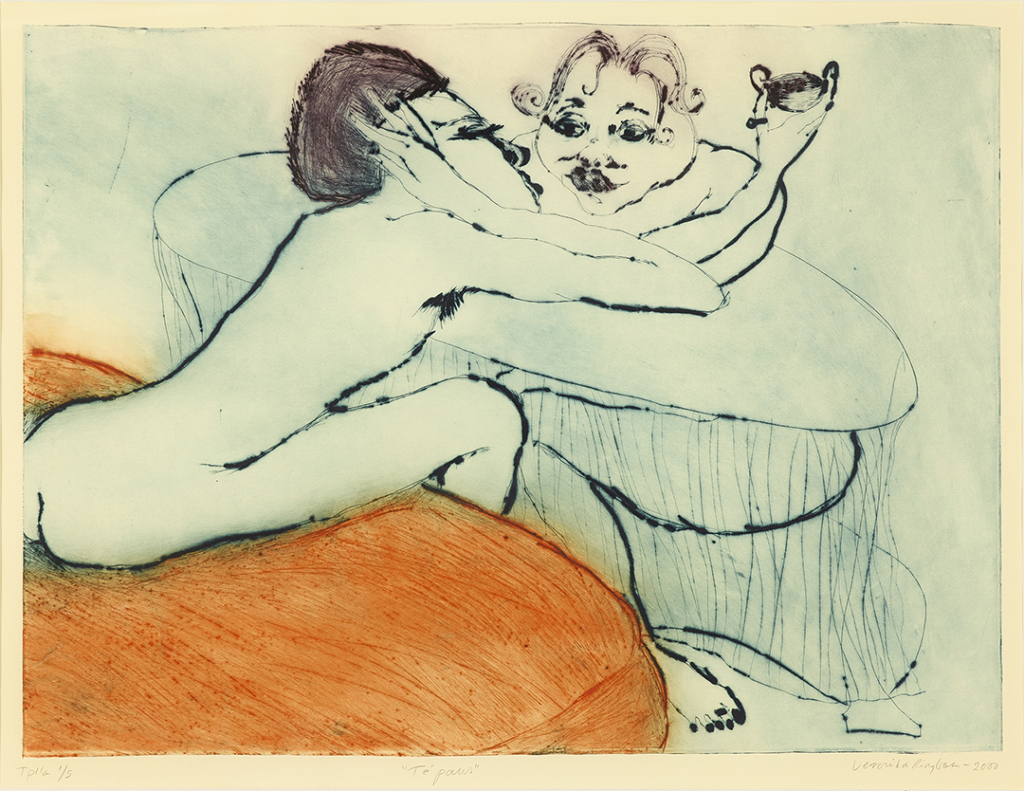
Kuka on Roger Broo? Näyttely esittelee taiteenkeräilijä Roger Broon (1945–2017) ja hänen kokoelmansa ja pyrkii teosten välityksellä antamaan kuvan hänestä ja hänen kiinnostuksestaan taiteeseen. Näyttelyssä nähdään valikoima sadoista teoksista, jotka on lahjoitettu Åbo Akademin Säätiölle.
Tutustu näyttelyyn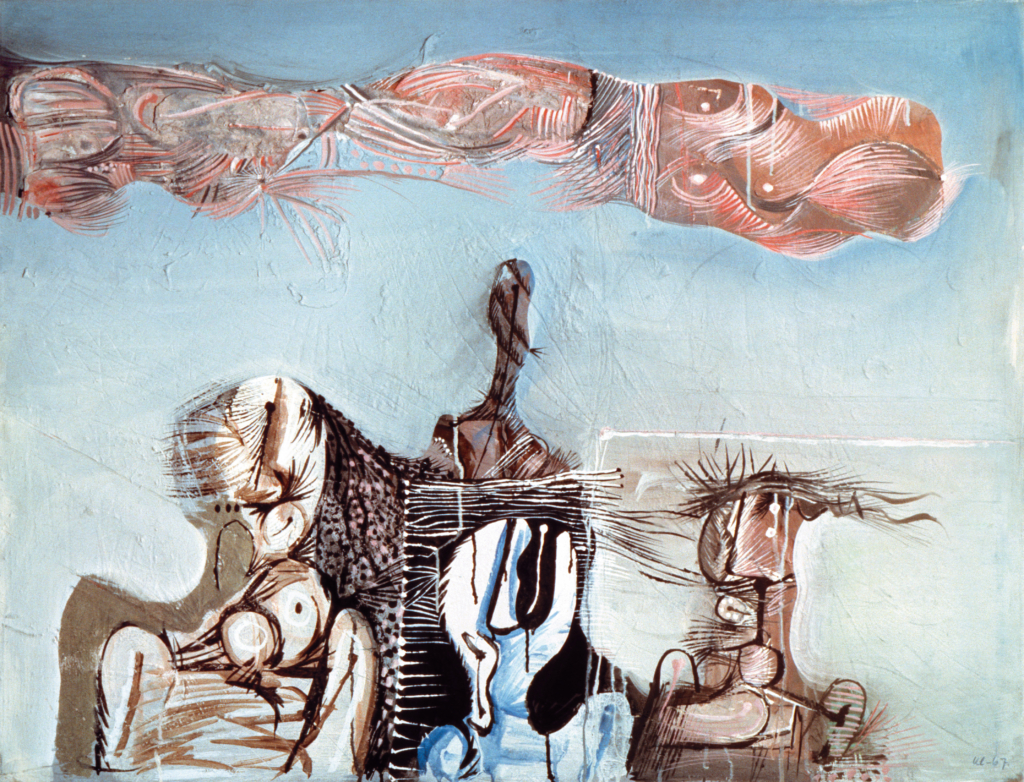
Kuntsin Säätiö esittelee kolmen vuoden välein nimikkomuseossaan Vaasassa kokoelman pohjalta luodun näyttelyn.
Tutustu näyttelyyn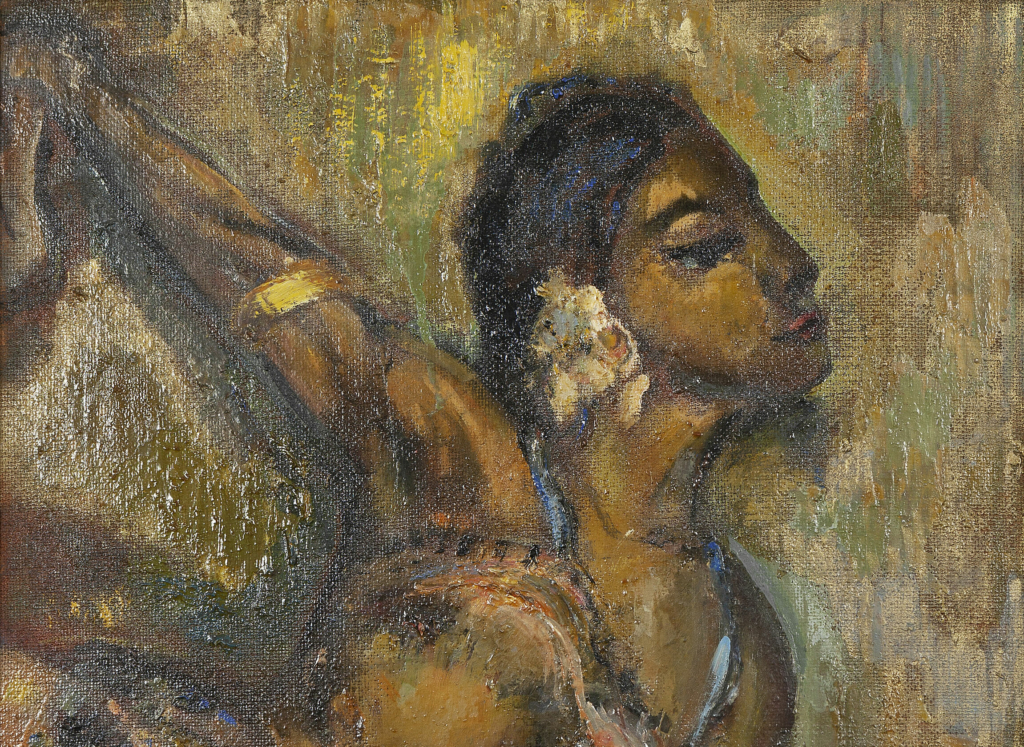
Tikanojan taidekodissa toukokuussa avautuva näyttely esittelee ’idän henkisyyden’ vaikutusta Suomen taiteeseen. Näyttelyssä on nähtävillä kulttuurihistoriallista esineistöä ja noin sata teosta 1800-luvun lopulta nykypäivään. Näyttelyn on kuratoinut taiteen- ja uskonnontutkija Nina Kokkinen.
Tutustu näyttelyynAlta voit tutustua Vaasan museoiden aukioloaikoihin, hinnastoon ja yhteystietoihin. Tiesitkö, että ostettu pääsylippu oikeuttaa saman päivän aikana vierailuun Pohjanmaan museoon, Tikanojan taidekotiin sekä Kuntsin modernin taiteen museoon?
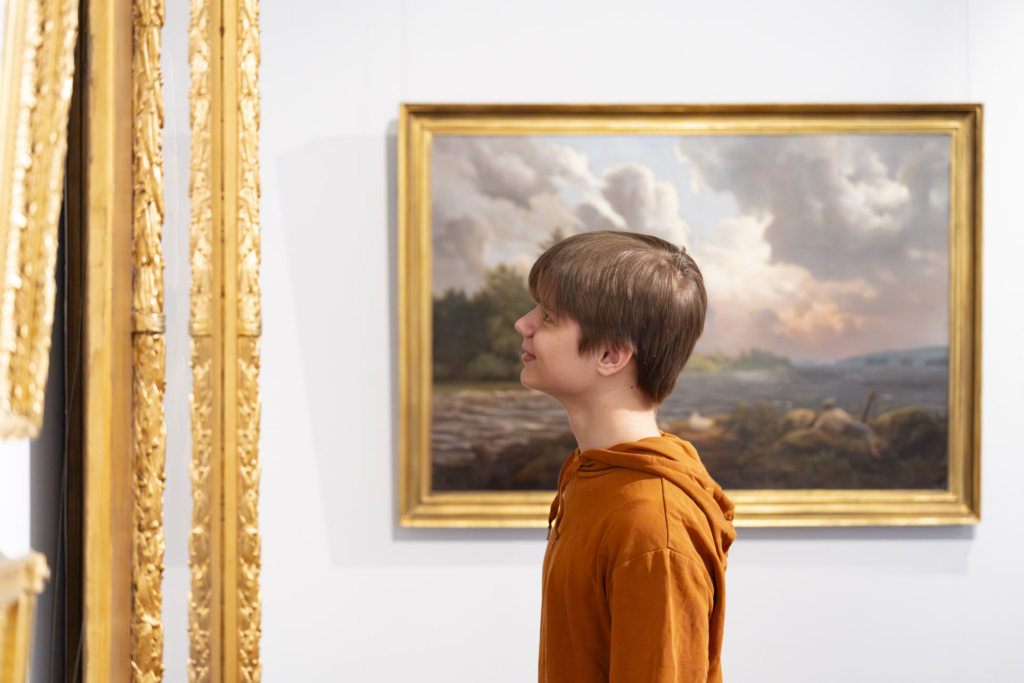
Pohjanmaan museo: ti–su 10–17
Kuntsin modernin taiteen museo: ti–su 11–17
Tikanojan Taidekoti: ti–su 10–17
Vanhan Vaasan museo: ti–su 10–17 (avoinna 1.6.–31.8.)
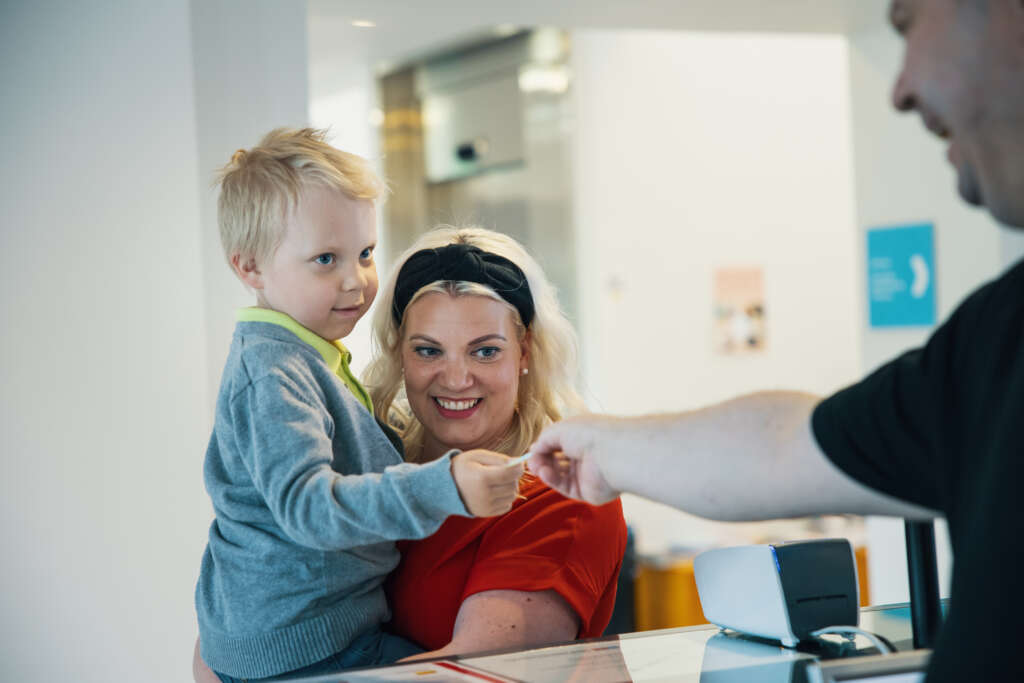
Aikuiset: 12 €
Opiskelijat, eläkeläiset, asevelvolliset, työttömät: 7 €
Alle 18-vuotiaille ilmainen sisäänpääsy.
Tarkempi palveluhinnasto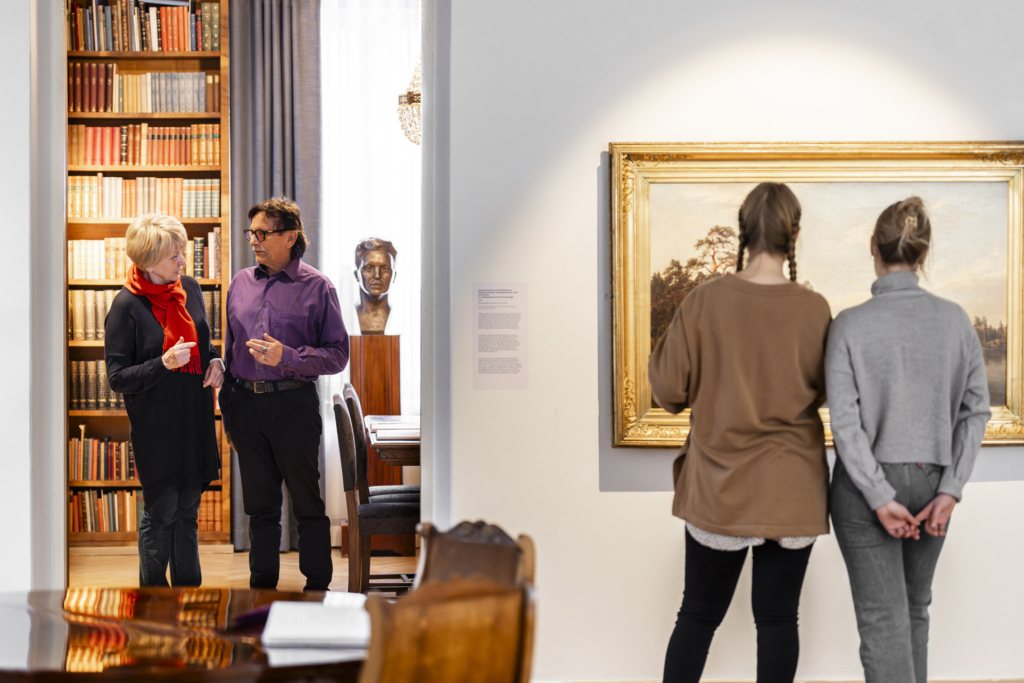
Mikäli sinulla on kysyttävää tai haluat ottaa meihin yhteyttä, voit siirtyä yhteystietoihin alta olevan linkin kautta. Olemme kiitollisia palautteestasi ja kysymyksistäsi. Vastaamme mahdollisimman pian!
YhteystiedotArtikkelin kategoriat: Vaasan museot
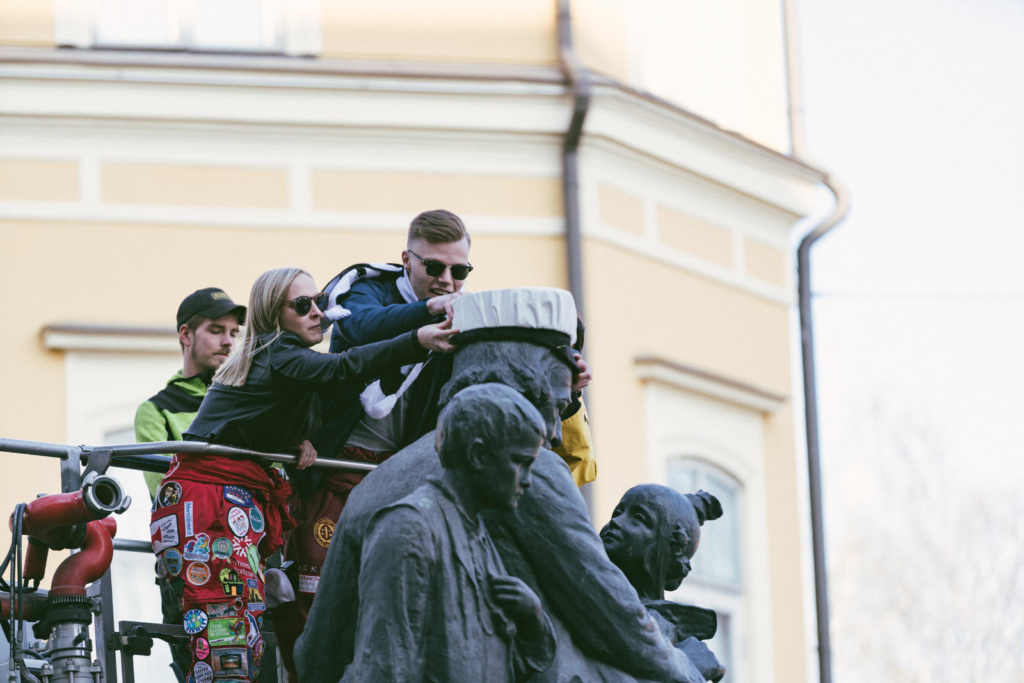
25.4.2024
Artikkelin kategoriat: Vaasan museot
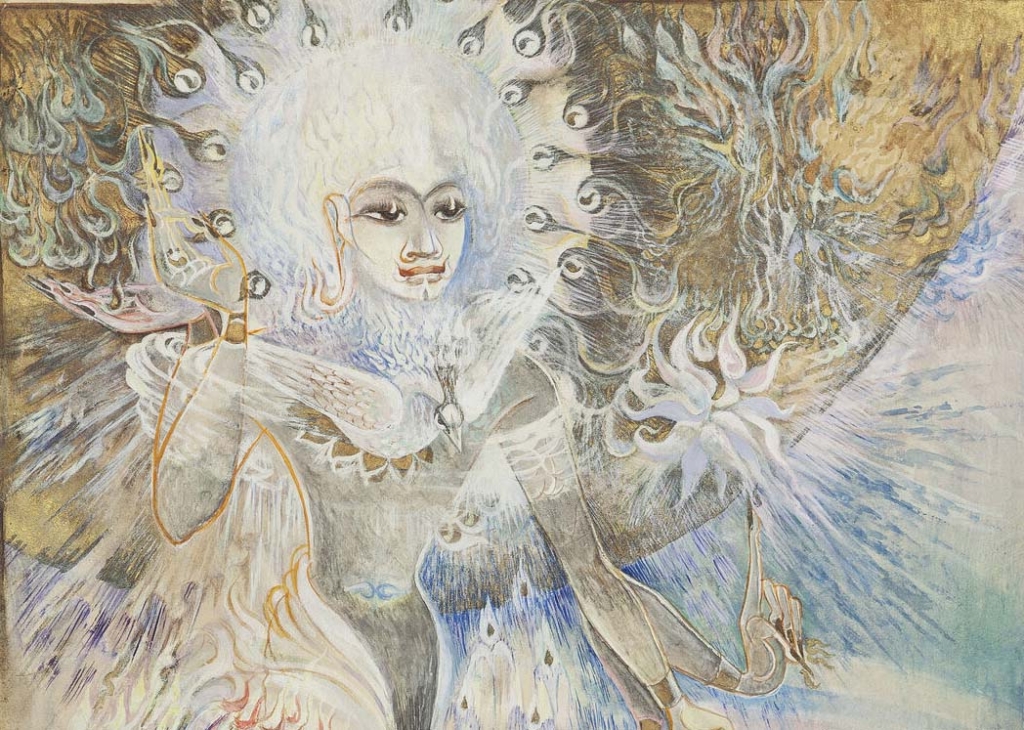
Artikkelin kategoriat: Vaasan museot
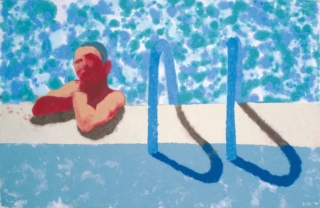
Artikkelin kategoriat: Uutiset
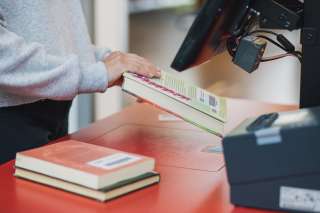
Artikkelin kategoriat: Uutiset
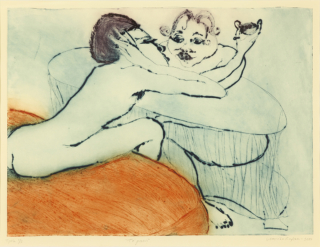
Artikkelin kategoriat: Uutiset
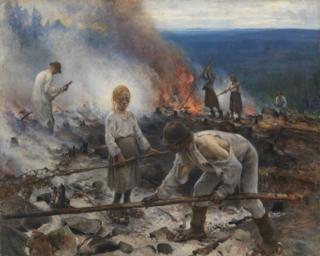
Artikkelin kategoriat: Vaasan museot
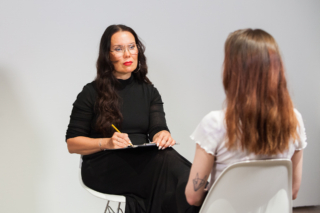
Artikkelin kategoriat: Vaasan museot
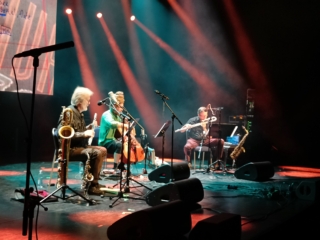
Artikkelin kategoriat: Uutiset Vaasan museot
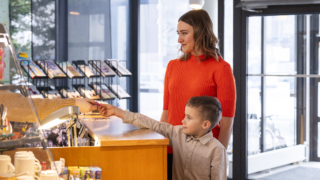
Artikkelin kategoriat: Vaasan museot
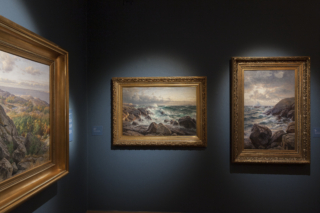
Vaasan museoihin kuuluvat Pohjanmaan museo, Kuntsin modernin taiteen museo, Tikanojan taidekoti sekä Vanhan Vaasan museo.
Vaasan museot vaalivat aineetonta ja aineellista kulttuuriperintöä sekä välittävät sitä yleisöilleen kokoelmiensa pohjalta. Museot tuottavat näyttelyitä sekä muita museo- ja kulttuuriympäristöpalveluita ja pyrkivät toiminnallaan tukemaan identiteettejä, välittämään tietoa ja tarjoamaan elämyksiä.
Vaasan museot hoitaa alueellista vastuumuseotehtävää Pohjanmaan maakunnan alueella.
Tutustu Vaasan alueen historiaan sekä Merenkurkun luontoon ja maailmanperintöön kaupunkihistoriallisessa ja luonnontieteellisessä perusnäyttelyissämme.
Kuntsin modernin taiteen museo tarjoaa vaihtuvia modernin ja nykytaiteen näyttelyitä. Nauti nykytaiteesta Vaasan merimaisemissa.
Tikanojan taidekodissa järjestetään kotimaisen ja ulkomaisen vanhan taiteen näyttelyitä, kulttuurihistoriallisia teemanäyttelyitä sekä näyttelyitä omista kokoelmista.
Vanhan Vaasan museo sijaitsee Wasastjernan talossa Vanhan Vaasan kaupunginosassa. Museossa voi tutustua Vaasan historiaan ennen vuoden 1852 paloa, joka tuhosi ison osan silloisesta Vaasan kaupungista.
Vaasan seudun kulttuuritarjonta tarjoaa vuoden jokaiselle päivälle runsaasti elämyksiä.